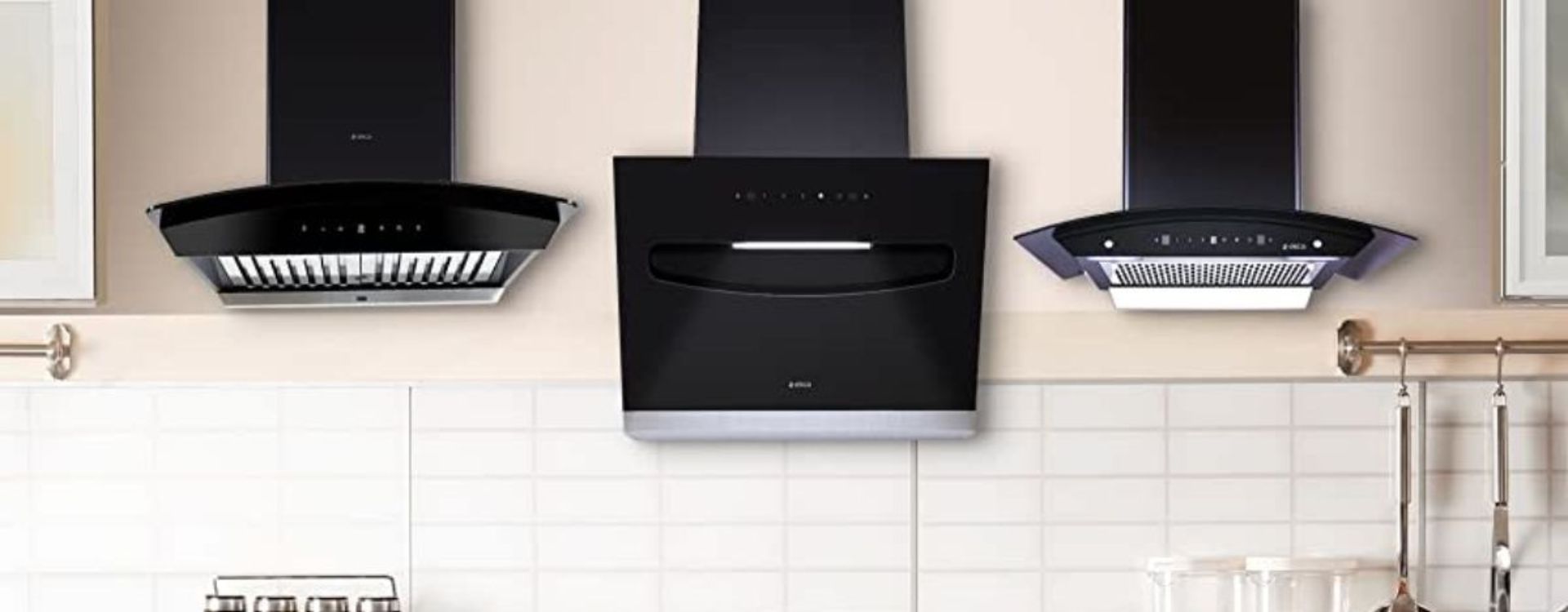A chimney is a vertical structure that provides ventilation for smoke, gases, and hot air from a fireplace, stove, furnace, or boiler to escape safely outside a building. It plays a crucial role in maintaining indoor air quality and ensuring the proper functioning of heating appliances.
Types of Chimneys:
- Masonry Chimneys – Made from bricks, stones, or concrete, commonly found in traditional homes.
- Metal Chimneys – Lightweight and durable, often used in modern buildings and factories.
- Factory-Built Chimneys – Pre-fabricated chimneys made from stainless steel, suitable for industrial and residential applications.
Components of a Chimney:
- Flue: The inner passage through which smoke and gases exit.
- Chimney Cap: A cover on top to prevent rain, debris, and animals from entering.
- Damper: A movable plate that controls airflow and prevents drafts.
- Smoke Chamber: The area above the fireplace where smoke gathers before exiting.
Functions of a Chimney:
- Ventilation: Removes smoke, gases, and toxins from the home.
- Draft Creation: Facilitates airflow for better combustion in fireplaces and stoves.
- Heat Regulation: Helps distribute heat evenly and prevent overheating indoors.
Maintenance and Safety:
- Regular cleaning prevents soot buildup and chimney fires.
- Annual inspections ensure the structure is safe and functional.
- Proper installation reduces the risk of carbon monoxide poisoning and fire hazards.
Modern Uses:
- Kitchen Chimneys: Used to remove smoke, fumes, and odors while cooking.
- Industrial Chimneys: Expel pollutants from factories and power plants.
A well-maintained chimney ensures safety, comfort, and efficiency in both residential and industrial settings



